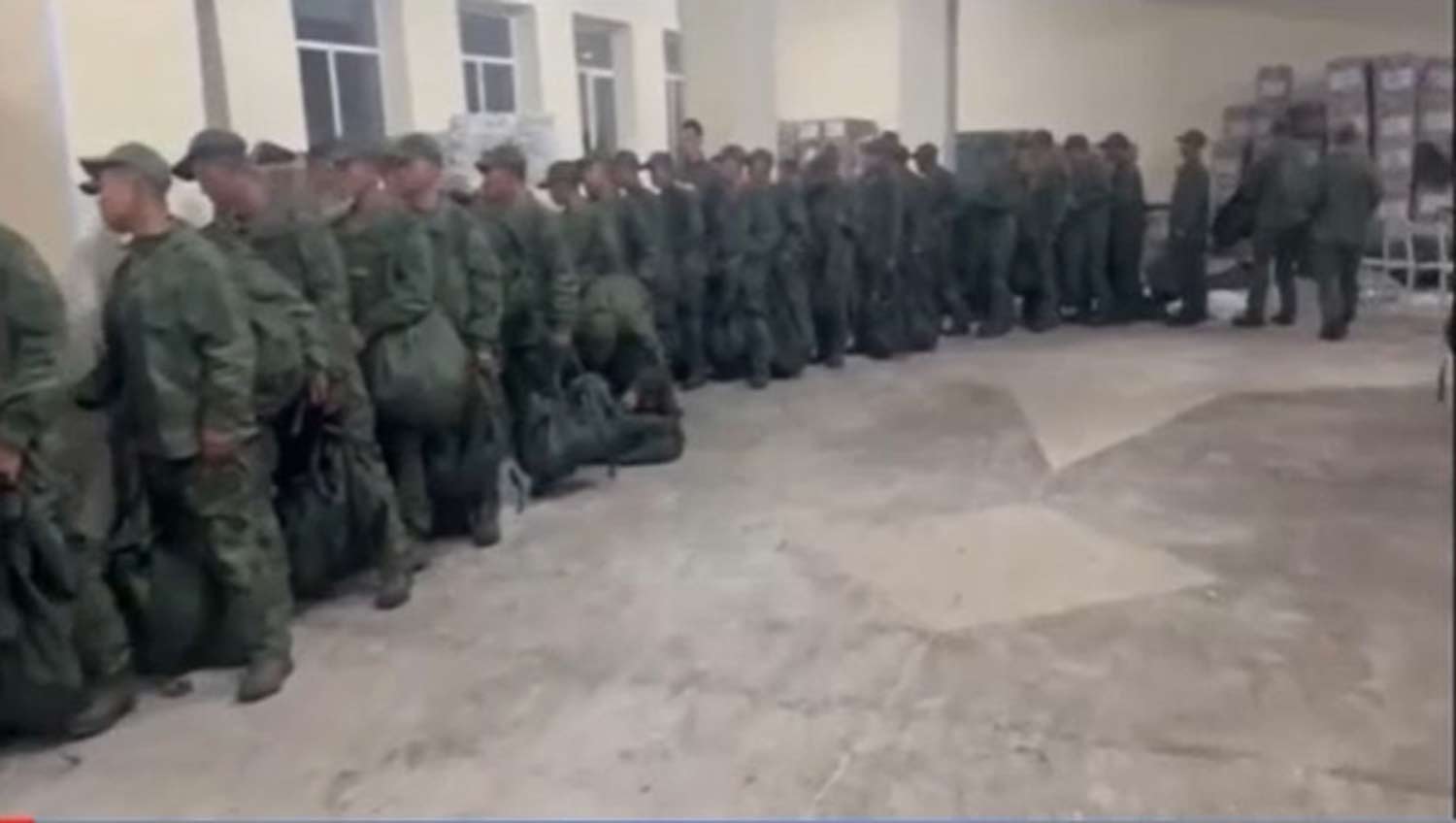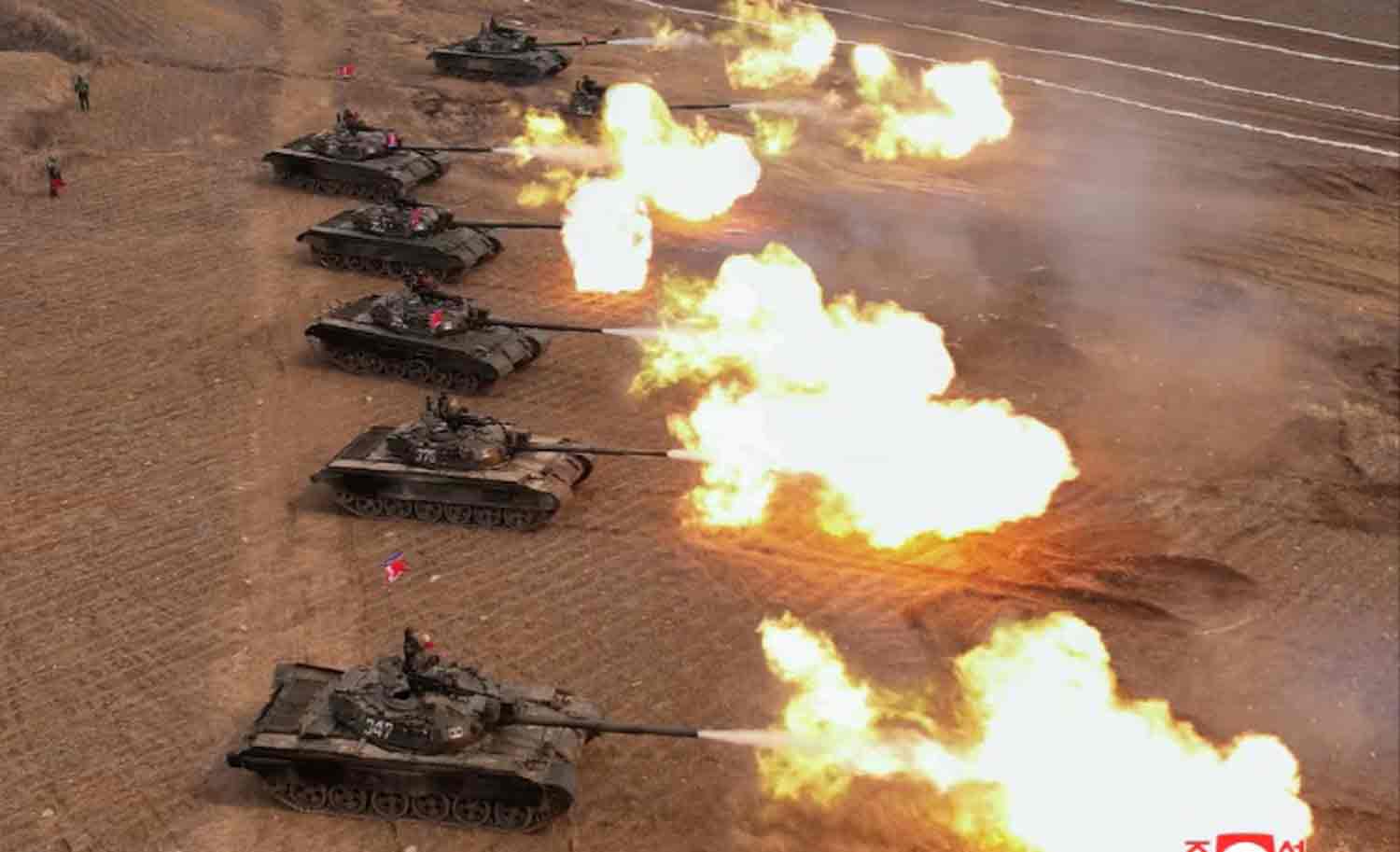A recent report from the economic publication The Marker indicates that the Israeli government has urged the Nagel Commission, established only a few months ago to provide guidance on the national defense budget, to deliver prompt recommendations to expedite the approval of significant arms transactions.
This request follows comments from retired General Yossi Kuperwasser, a former head of research for Israel’s military intelligence, who highlighted the magnitude of the challenges confronting the Israeli military.
In an article for Israel Hayom, he emphasized that Tel Aviv’s strategy focuses on “diminishing the Iranian axis and neutralizing threats from the north to ensure the safe return of northern residents, securing the release of hostages, and addressing the threats from Gaza to Israel.”
These factors suggest a protracted conflict that will necessitate enhanced military capabilities.
Estimates from Israel’s central bank suggest that the financial implications of escalating tensions with Lebanon and possibly Iran will be considerable, a reality that is reflected in the country’s increased military budget for 2024 and 2025.
The detailed Israeli war budget has not been publicly released, although the central bank provides some figures. Recent forecasts from the central bank indicate that current expenditures are expected to rise by approximately 30 billion shekels ($8 billion) this year, primarily covering military equipment, ammunition, and compensation for reservists on active duty.
This increase is relatively modest in the context of the overall projected expenses associated with Israel’s plans to enhance its military capabilities, which are being managed by the Nagel Commission, led by former national security adviser and retired general Jacob Nagel.
Although the specifics of the commission’s recommendations will remain confidential, the government of Prime Minister Benjamin Netanyahu aims for the commission to expedite the procurement of advanced weaponry.
Significant Expenditure
The central bank’s projections are predicated on the expectation that Israel’s military engagements throughout the Middle East will be extended, likely continuing into the first quarter of 2025. Prior to the recent escalations in Lebanon and Iran, the bank had already determined that the nation’s defense expenditures had surpassed all prior forecasts.
As a result, the central bank has adjusted its estimate for the fiscal deficit in Israel’s 2024 budget, increasing it by 0.6 percent to a total of 7.2 percent of the gross domestic product. This year, Israel’s revised military budget stands at 130 billion shekels ($35 billion), while the expenses associated with the ongoing displacement of residents from border regions have escalated from three billion shekels to five billion shekels.
Furthermore, compensation for property damage incurred since October 7, 2023, has amounted to 1.5 billion shekels ($404 million).
Reports suggest that a notable rise in state revenue from local taxes could help ease the financial burden of military expenditures on the overall budget. This does not take into account the upcoming financial assistance from the United States.
At the same time, as the deficit continues to grow, Israel’s finance ministry has outlined in its multi-year plan an additional budget allocation for the defense ministry, amounting to 83 billion shekels (approximately $22 billion) for the years 2023 and 2024. So far, 16 billion shekels have been utilized, mainly for the acquisition of additional military aid from the US.
The interim report from the Nagel Commission, with the final report expected by December, seeks to formulate a policy within the current budgetary constraints to enhance the utilization of existing equipment and ammunition, while also facilitating arms procurement agreements.
The proposed strategy for enhancing Israeli military capabilities is a long-term initiative projected to span several years. It anticipates, at a minimum, an annual budget increase of 30 billion shekels ($8 billion) through 2028, with the possibility of extension. However, many financial analyses suggest that a more realistic annual increase could be around 55 billion shekels ($14.5 billion).
In summary, Israel is clearly on the path to a significant transformation of its military structure, geared towards prolonged conflicts that support its regional objectives. Media reports indicate that the emphasis will be on strengthening both ground and naval forces, with a particular focus on long-range regional engagements.
The conflict on Israel’s northern border is merely one aspect of its broader regional strategy, which is backed by the United States, aimed at dismantling the resistance axis and disrupting the “unity of fronts” approach. Iran remains the primary target, as Israel seeks to weaken the Tehran regime and counter its nuclear and missile initiatives.
The ongoing conflict in Gaza is anticipated to persist for an extended period, potentially evolving into a state of permanent occupation, driven by ethnic cleansing efforts in the northern regions. Despite the robustness of the Israeli economy and its reserve assets, Tel Aviv is becoming increasingly dependent on American support across military, financial, and diplomatic spheres.
Consequently, any regional conflict initiated by Israel is likely to be perceived as an American conflict, as Tel Aviv continues to marginalize the Palestinian issue in its quest for a conclusive resolution.
Discover more from Defence Talks | Defense News Hub, Military Updates, Security Insights
Subscribe to get the latest posts sent to your email.





